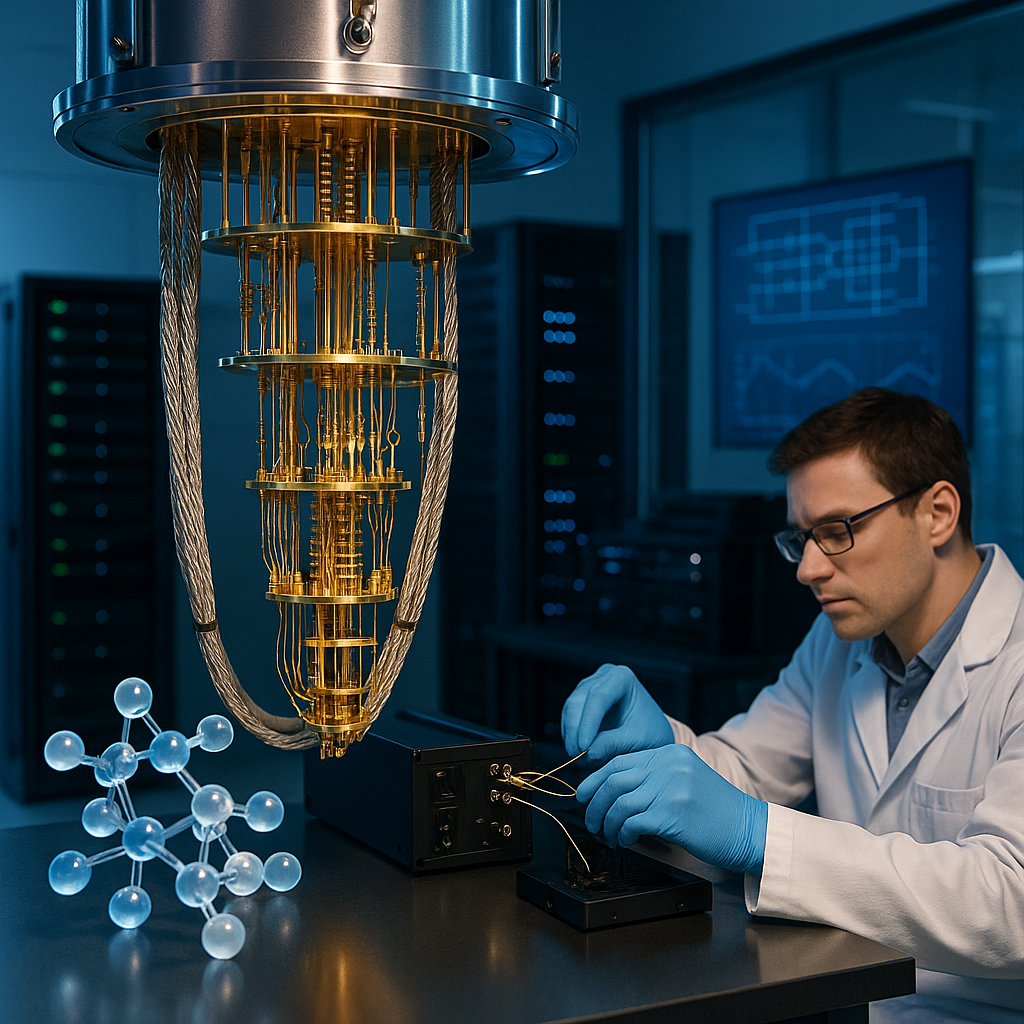Some will hail Google’s verifiable quantum advantage and Quantinuum’s Helios as the end of quantum winter; others see clever benchmarking and artful marketing. Yes, Quantum Echoes reports ~13,000× speedups, but on narrowly framed tasks where classical algorithms can still evolve. Yes, Helios posts record fidelities and dozens of error-detected and error-corrected logical qubits, but universal, large-scale fault tolerance remains out of reach. Verifiability itself invites criticism: reproducing Google’s results presumes access to similarly capable hardware; that’s “open” only for well-funded labs. Meanwhile, enterprise claims risk lock-in—Guppy frameworks, NVQLink couplings—while the real barriers are unforgiving: dilution refrigerators and microwave control for superconducting chips; ultra-stable lasers, vacuum systems, and calibration overheads for trapped ions. If you squint, “quantum supremacy” has been quietly rebranded as “verifiable advantage,” NMR comparisons are recast as quantum-native spectroscopy, and the road to finance, logistics, or manufacturing still looks longer than press releases suggest.
And yet a subtler truth emerges: these milestones don’t just make quantum computers faster; they turn them into trustworthy scientific instruments. Verifiable correlators on Willow and high-fidelity logical qubits on Helios hint at a new category—quantum devices as reproducible measurement engines that plug into AI-driven discovery loops. In this framing, the metric that matters shifts from raw qubit counts to “verified phenomena per dollar,” from abstract supremacy to regulator-grade evidence in pharma and materials. Standards for quantum verification could become the currency of the field, forcing competitors to prove not only speed but reproducibility across labs. The surprise is practical and almost prosaic: the first broadly valuable quantum application may be laboratory-grade characterization—closed-loop, AI-accelerated, and auditable—rather than code-breaking or portfolio optimization. In other words, quantum’s first mass-market role might be a microscope, not a miracle calculator, and that may be exactly what industry needs to unlock compounding returns.
